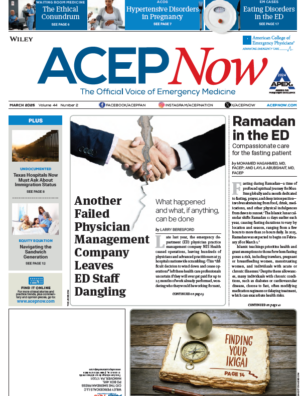Compliance with the Centers for Medicare and Medicaid Services’ (CMS) SEP-1 quality measure does not improve sepsis mortality rates, according to results from a retrospective study.
“Our findings of similar adjusted mortality in cases that failed versus passed SEP-1 should not be interpreted as timely sepsis recognition and care being unimportant,” said Dr. Chanu Rhee from Brigham and Women’s Hospital, Harvard Medical School, in Boston.
“Rather, it likely reflects the overly rigid nature of the measure, since SEP-1 is an ‘all-or-nothing’ measure that requires perfect compliance to get any credit, and most failures occur on elements that are less clearly important to patient outcomes,” he told Reuters Health by email.
The severe sepsis bundle of SEP-1 requires lactate measurements, blood cultures and broad-spectrum antibiotics within three hours of sepsis onset, with repeat lactate measurements within six hours if the initial lactate level is elevated. The septic shock bundle adds three requirements: 30 mL/kg of IV fluids within three hours, vasopressors within six hours for persistent hypertension and a repeat volume assessment within six hours.
Dr. Rhee and colleagues in the Centers for Disease Control and Prevention (CDC) Prevention Epicenters Program evaluated the association between SEP-1 compliance and patient outcomes, taking into account patients’ clinical characteristics, for sepsis cases reported by seven academic and community hospitals to CMS during the first two years after SEP-1 implementation.
Of the 851 sepsis patients available for analysis, 33 percent passed and 67 percent failed SEP-1. The most common cause of failure was failure to draw an initial lactate or repeat lactate within six hours (40 percent), while 15.1 percent failed because of delayed administration of broad-spectrum antibiotics.
Unadjusted in-hospital mortality rates were higher for SEP-1 compliance failures (18.4 percent) than for SEP-1 compliance passes (11.0 percent), but the difference was no longer significant after adjusting for patients’ clinical characteristics (adjusted odds ratio, 1.36; P=0.205).
Time to antibiotics administration exceeding three hours was associated with 94 percent increased odds of death after adjustment, whereas failing SEP-1 for any other reason was not significantly associated with in-hospital mortality, the team reports in Critical Care Medicine.
Both SEP-1 failure and delayed antibiotic administration were associated with higher mortality in patients with infectious signs but not in those with vague presenting complaints.
“CMS should consider simplifying the SEP-1 measure to focus on the care elements that are most critical to patient outcomes,” Dr. Rhee said. “In particular, our study, and numerous others in the literature, strongly suggests that administration of appropriate antibiotics is the key time-dependent intervention in sepsis.”
Pages: 1 2 3 | Single Page





No Responses to “Compliance with SEP-1 Quality Measure Does Not Affect Sepsis Mortality”